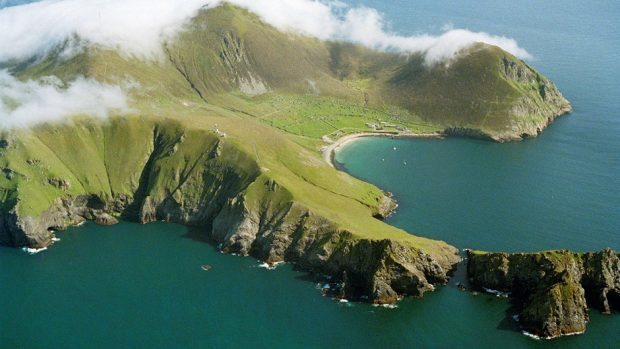More than 40 miles from the main Outer Hebrides, they are famed for their fearsome surrounding seas and winds that can top 100mph.
But the first yacht race to St Kilda suffered from an unusual lack of breeze.
After 100 nautical miles and almost exactly 23 hours at sea, Moonstruck Too, Gordon Lawson’s J122, took victory at the inaugural St Kilda Challenge.
Despite having been at sea for such a prolonged period, it was a nail-biting finish between Grant Kinsman’s Sigma 400 Thalia and Port Edgar Yacht Club’s Moonstruck.
Thus ensued several hours of nervous waiting for the final yachts to arrive and the much-anticipated results – and when they came, they were exceptionally close.
In the end, Moonstruck prevailed with a tiny corrected time margin of five minutes and 50 seconds over her rival.
There were strict guidelines in place about how much wind could actually thwart even a start.
What had not been expected was yachts peaking at a mere seven knots, struggling against a sometimes unpleasant swell, crews toiling from fatigue and occasional seasickness as windless conditions made pacey progress impossible.
“Sailing in conditions like that is much harder than racing hard in heavy weather,” said race officer John Readman. “It is very hard work to keep morale up and attention span lively when you are wallowing in the sea like that with barely a breath of air and no real sign of any to come.”
Of the 15 racing yachts which started, seven of them judged that discretion was the better part of valour and joined the cruising flotilla – allowing the luxury of switching on the engine. Of the cruisers, just a single one – Sea Fever – actually made the determined journey to St Kilda under sail.
“We are exhausted but thrilled,” said Comann Na Mara chairman Gus MacAulay. “The intention is to make this a biennial event, so we will start planning for 2018 shortly.”










